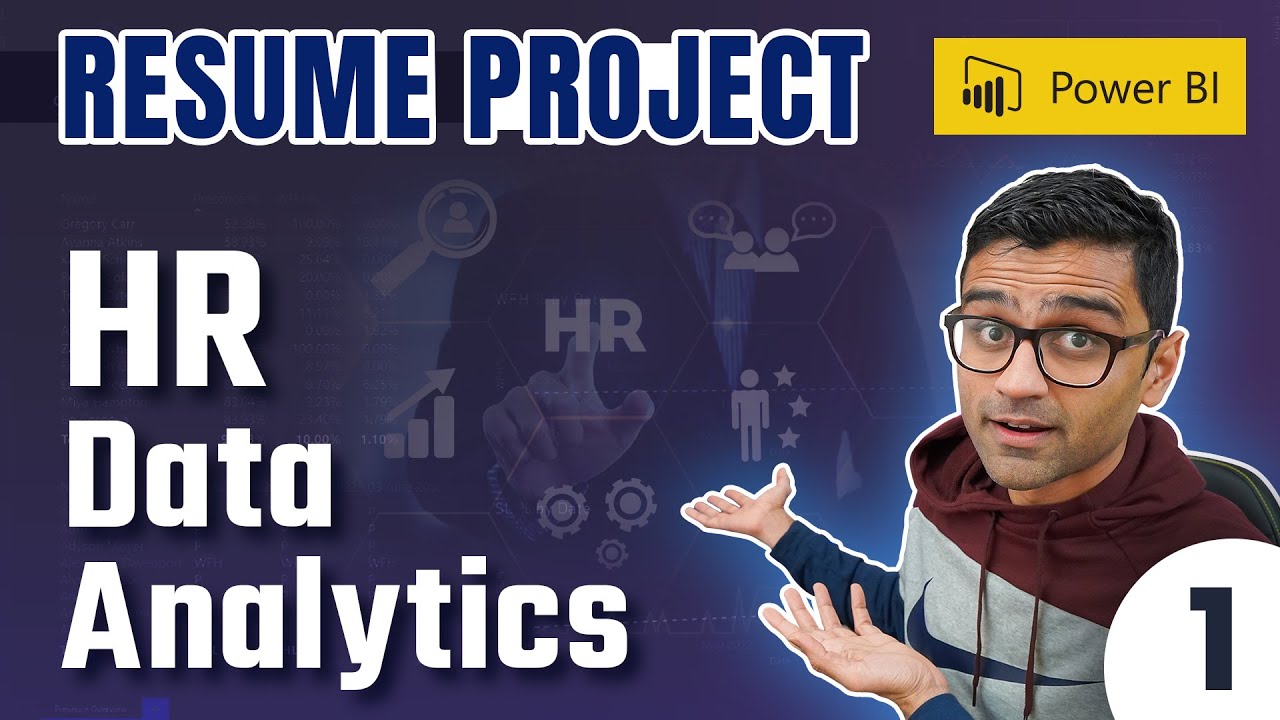Cards and Payments - Part 1 - Introduction to Payments and Cards Industry
Summary
TLDRIn this video, Saurabh Khandelwal, a manager in AI and analytics, introduces his YouTube series focused on the cards and payments industry. He aims to share insights gathered from his work in data and reporting, highlighting industry trends and best practices. The series is designed for professionals in the banking and financial services sector, specifically those in cards and payments. Viewers will learn about the roles of merchants, acquirers, networks, issuers, and cardholders through detailed explanations, and Saurabh encourages interaction through comments and feedback to foster mutual learning.
Takeaways
- 👋 Introduction: Saurabh Khandelwal introduces himself as a manager in the artificial intelligence and analytics space, working specifically with data and reporting in the cards and payments industry.
- 💡 Purpose: The video aims to share knowledge gathered over the years in both technical and functional areas of the cards and payments industry.
- 📊 Focus: The series will cover trends, best practices, and insights in delivering IT projects within the cards and payments domain, which is a part of the broader banking and financial services industry.
- 💳 Industry Overview: The payments and cards industry involves various players such as issuers, merchants, acquirers, networks, and cardholders.
- 🧠 Mnemonic for Entities: Saurabh introduces the 'MANIC' model to remember key entities—Merchant, Acquirer, Network, Issuer, and Cardholder.
- 🏦 Key Entities: The issuer is the bank that issues cards to cardholders, while merchants provide services and receive payments through acquirers who handle transactions on their behalf.
- 💻 Network Role: Networks like Visa and Mastercard process transactions, communicating between the acquirer and issuer to authorize and settle payments.
- 🏪 Everyday Usage: Saurabh emphasizes how everyday transactions, like using a credit or debit card at a grocery store or gas station, fit into the payments and cards industry.
- 📚 Target Audience: The videos are intended for software engineers and IT consultants working in the cards and payments domain, but are open to anyone interested in learning more.
- 💬 Interactive Element: While the videos are pre-recorded, viewers can leave questions and feedback in the comments, fostering a collaborative learning experience.
Q & A
What is the primary focus of the YouTube channel introduced in the video?
-The primary focus of the YouTube channel is to share knowledge about data, reporting, and trends within the cards and payments industry. The creator aims to discuss both technical and functional aspects, best practices, and current shifts in this domain.
Who is the intended audience for the videos on this YouTube channel?
-The intended audience includes software engineers, IT consultants, and professionals working in or transitioning into the cards and payments domain. However, anyone interested in learning about this industry is welcome to watch the videos.
What is the 'MANIC' model described in the video, and what does each letter stand for?
-The 'MANIC' model is a mnemonic device used to remember key entities in the payments and cards industry. It stands for: M - Merchant, A - Acquirer, N - Network, I - Issuer, C - Cardholder.
What role does the acquirer play in the cards and payments industry?
-The acquirer is responsible for taking money on behalf of the merchant and depositing it into the merchant's account when the transaction is settled. It acts as the intermediary between the merchant and the cardholder’s bank.
What is the function of the network in the payments process?
-The network handles the processing and communication between the acquirer and the issuer. It ensures that the transaction is authorized and that money is transferred from the cardholder's account to the merchant's account.
Can you give examples of networks commonly used in the payments and cards industry?
-Common examples of networks include Visa and Mastercard. These networks facilitate the processing of transactions between acquirers and issuers.
Who is considered a cardholder in the payments and cards industry?
-A cardholder is an individual, like you or me, who possesses a physical or virtual card used for monetary transactions, such as credit or debit cards.
What does the issuer do in the payments and cards industry?
-The issuer is the organization, typically a bank, that issues the card to the cardholder. Examples of issuers include Barclays, ICICI, and HDFC.
What is the role of a merchant in the payments process?
-A merchant is a provider of goods or services to the cardholder. Examples include grocery stores, e-commerce portals, and other businesses that accept card payments.
How does the creator of the YouTube channel intend to interact with viewers and take their questions?
-Since the videos are pre-recorded, viewers can ask questions and provide feedback in the comment section. The creator will address the questions in the comments or future videos.
Outlines

هذا القسم متوفر فقط للمشتركين. يرجى الترقية للوصول إلى هذه الميزة.
قم بالترقية الآنMindmap

هذا القسم متوفر فقط للمشتركين. يرجى الترقية للوصول إلى هذه الميزة.
قم بالترقية الآنKeywords

هذا القسم متوفر فقط للمشتركين. يرجى الترقية للوصول إلى هذه الميزة.
قم بالترقية الآنHighlights

هذا القسم متوفر فقط للمشتركين. يرجى الترقية للوصول إلى هذه الميزة.
قم بالترقية الآنTranscripts

هذا القسم متوفر فقط للمشتركين. يرجى الترقية للوصول إلى هذه الميزة.
قم بالترقية الآنتصفح المزيد من مقاطع الفيديو ذات الصلة

Data Analyst Project For Beginners (HR Analytics): 1 - Problem Statement

Every New Feature in FC 26 in 16 Minutes

SIP करने वाल अब Share Market को लेकर हो जाएं अलर्ट? | Fayde Ke Fund | BIZ Tak

Amazing Langchain Series With End To End Projects- Prerequisites To Start With

Kapan Saya Akan Menerima Pembayaran? Rentang Waktu Pembayaran Program Partner YouTube

Future of Finance with Salil Ep01 - In conversation with Vimal Venu, Founding Partner, Vimal Venu&Co
5.0 / 5 (0 votes)
